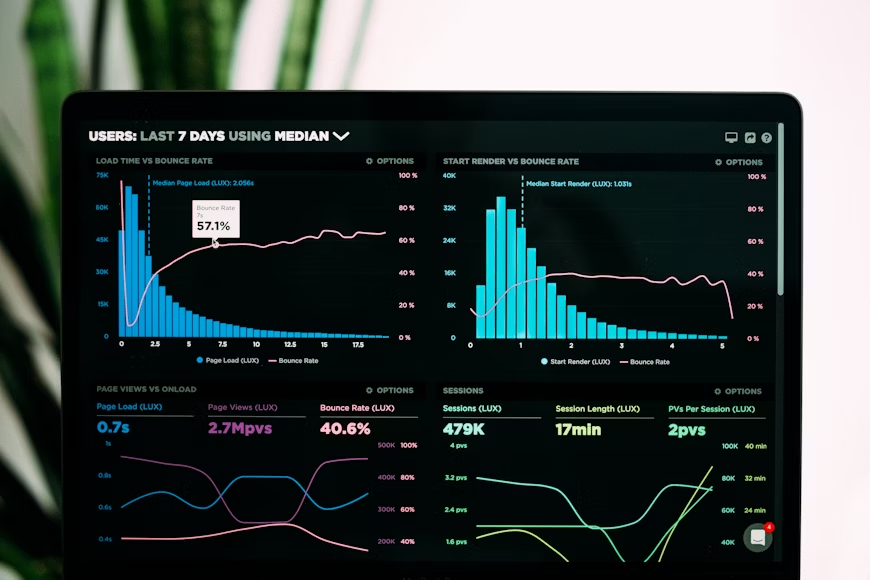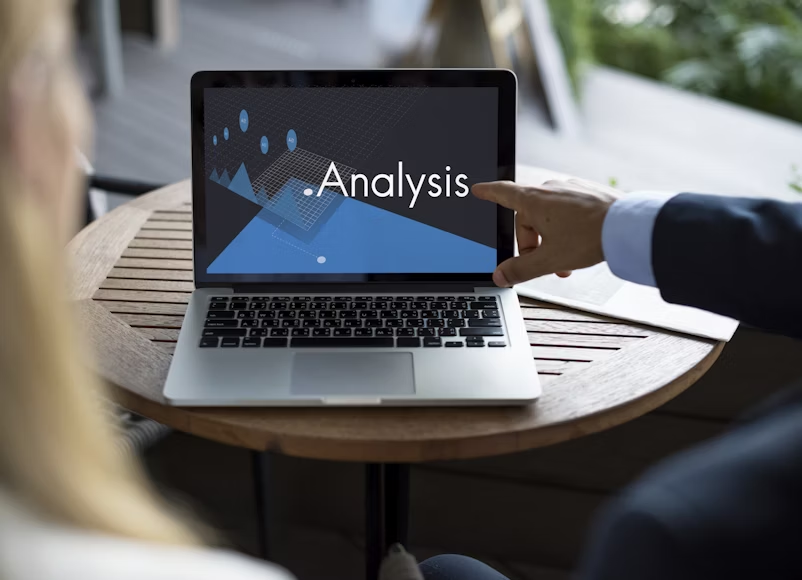Predictive analytics is one of the most significant applications in the quickly changing field of artificial intelligence (AI). Predictive analytics, which combines statistical modelling and AI technology, allows organisations to forecast future events with a high degree of accuracy. AI-driven is changing industries by turning raw data into insightful knowledge that can be used to improve healthcare, optimise corporate processes, and improve consumer experience.
What is AI Predictive Analytics?
The application of machine learning (ML), statistical algorithms, and data mining approaches to determine the probability of future events based on historical data is known as AI predictive analytics. Predictive analytics takes one step further to predict what will happen, in contrast to traditional, which concentrates on characterising what has already occurred.
By automating model training, enhancing accuracy through pattern recognition, and continuously learning from fresh data, artificial intelligence (AI) improves this process. This enables companies to avoid reactive decision-making and instead make proactive ones.
How AI Enhances Predictive Analytics
Is greatly enhanced by AI in the following ways:
Automation of Data Processing
AI systems are able to process enormous volumes of data in real-time, automating the process of identifying patterns, trends, and anomalies without the need for human participation.

Improved Accuracy with Machine Learning
Prediction accuracy can be increased by using machine learning models to identify intricate links in data that conventional approaches can overlook.
Natural Language Processing (NLP)
NLP enables systems to create more comprehensive predictions by analysing unstructured data, such as emails, social media posts, and consumer reviews.
Scalability
AI-driven solutions are perfect for usage in industries like e-commerce, healthcare, and finance because they can scale to manage massive datasets.
Applications of AI Predictive Analytics
1. Healthcare
Predictive analytics powered by AI is transforming healthcare by facilitating early diagnosis and individualised treatment regimens. For instance:
- Estimating the likelihood of a patient’s readmission
Predicting the occurrence of disease outbreaks
Suggestions for personalised medicine
Finding irregularities in medical imaging
These insights are used by healthcare practitioners to increase operational efficiency, save costs, and improve patient outcomes.
2. Business and Marketing
AI-powered the business sector facilitates more intelligent decision-making:
Customer Behaviour Prediction: Businesses may segment audiences, forecast churn rates, and customise marketing tactics by examining customer data.
Sales Forecasting: AI models predict future sales by taking into account external events, trends, and seasonal variables.
Inventory Management: To better control stock levels, retailers forecast product demand.
3. Finance
Predicting stock market trends, assessing credit risk,
- Detecting fraudulent transactions in real-time,
- Optimising trading strategies are all made possible by financial institutions using
AI predictive analytics.
These uses not only boost profitability but also enhance customer confidence and regulatory compliance.
4. Manufacturing and Supply Chain
Optimisation and maintenance both heavily rely on predictive analytics:
Predict equipment failure before it occurs.
Forecast demand
Modify production schedules, optimise supply routes
Inventory levels, and reduce downtime, expenses, and productivity with these skills.

5. Education
AI is used by educational institutions to:
- Identify students who are at danger of dropping out;
- Customise lesson plans according to performance;
- Forecast staffing and enrolment requirements.
This guarantees improved resource allocation and academic results.
Key Components of AI Predictive Analytics
Data Collection and Integration
gathering pertinent, high-quality data from a range of sources, including web platforms, sensors, and CRM systems.
Data Preprocessing
Data should be cleaned and arranged to make sure it is comprehensive, consistent, and prepared for analysis.
Model Selection
selecting the appropriate machine learning models for the prediction problem, such as neural networks, decision trees, and regression.
Training and Testing
To validate performance, the model is tested on unseen data after being trained on historical data.
Deployment and Monitoring
putting the model into use and keeping a close eye on its performance and accuracy.
Benefits of AI Predictive Analytics
Proactive Decision-Making: allows businesses to prevent issues before they happen rather than reacting to them after they do.
Personalisation: Improves user experiences by providing real-time, customised recommendations.
Competitive Advantage: By seeing new trends and opportunities, it helps companies stay ahead of the curve.
Challenges and Limitations
AI predictive analytics has drawbacks despite its advantages.
Data Privacy and Security
Compliance issues arise when handling significant amounts of sensitive data (e.g., GDPR, HIPAA).
Bias in Data
Predictions that are biased due to biased past data might perpetuate inequality or result in poor decisions.
Interpretability
Deep learning and other complex AI algorithms are frequently “black boxes” that are challenging to understand.
Cost and Complexity
Smaller businesses may need more resources to set up and maintain AI prediction systems.
Future Trends in AI Predictive Analytics
Explainable AI (XAI)
Future models will increasingly offer interpretable explanations for forecasts as transparency becomes more and more important.
Edge Predictive Analytics
Predictive analytics will become closer to data sources (edge computing) for real-time insights as IoT devices proliferate.
AutoML
AI predictive analytics will become more accessible to non-experts thanks to automated machine learning technologies.
Integration with Generative AI
Improving Simulation and Decision-Making
Enhancing GPT or image generators.
Combining generative models with predictive analytics.




